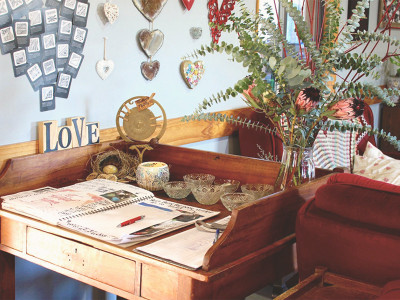In our modern world, children are continually entertained and directed in ways that trivialise their inherent curiosity and quest for learning, rather than challenging them to pursue a love of learning. Often children’s environments, and the people within them, do too much thinking for the child.
Because of this, the amount of self-directed play children experience differs, as well as the level of respect and support they receive from adults around them. Some children may need guidance to recognise the possibilities for independent use of the environment and resources available.
As an early years educator, have you explored how involved you are in a child’s play? Maintaining an effective learning environment requires adults to be flexible and responsive. Sometimes you’re needed right in the thick of things to model and coach communication skills, the collaborative process, and problem-solving. At other times your involvement might send the wrong message – that you don’t value or trust what the child is doing. It’s important to find that balance and know when to get involved in a child’s play.
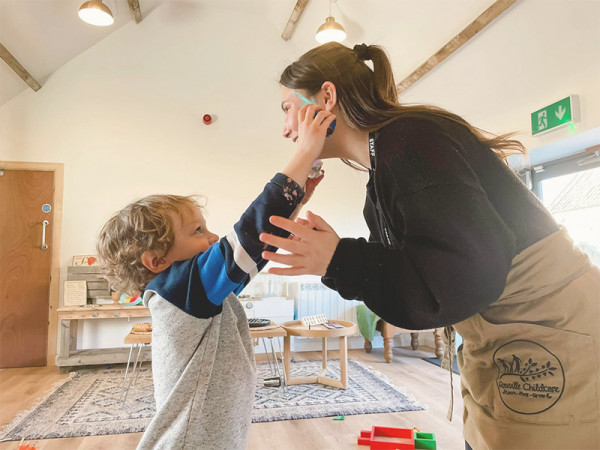
Top tips for effective adult interaction in a child’s play
- Always go to the child, rather than calling the child to you.
- Scan the area and decide where you think your presence will be most beneficial.
- Always get down to the child’s level.
- Be interested, open, relaxed, and SMILE!
- Listen, watch, and wait. Take the time to observe and determine what the children are playing and their roles and intentions.
- Consider whether you need to enter the play and for what purposes. Consider offering suggestions, introducing new ideas or vocabulary, managing the noise or behaviour, extending the activity through additional resources, or negotiating entry for another child.
- Allow the child to lead the interaction. Try to play on the children’s terms by taking on a role they suggest and following their instructions.
- Try not to direct the play to your learning objectives or assessment agenda. Instead, be alert to the qualities of play and to the knowledge and skills children are using and applying.
- Interactions involving mathematics and English are not the only valuable moments. Each area is of equal importance.
- Remember, you don’t have to turn every interaction into a teachable moment.
Prompt phrases and open-ended questions
Decide on the most helpful interaction method for the play experience
Reflective activities for purposeful interaction
Come together with other early childhood educators in your centre and reflect on the effectiveness of your adult interactions during children’s play. You can do this in a range of ways, including:
- Record interactions between educators and children, play the video back to teams and discuss.
- In two groups, ask educators to describe the perfect practitioner. Compare and discuss.
- Still in groups, ask educators to write down how they might communicate effectively with children. Compare and discuss.
- As a group, use the key points and tips listed above to evaluate practice in the video footage of the interactions with children and discuss if these can be improved. For example:
- Did they watch and wait before interacting?
- Did they ask open-ended questions?
- Would learning still have taken place if they did not join in?
Then you could ask yourself:
- What went well today?
- What could have gone better?
- When did I involve myself in play and how did I make that decision?
- Was that intervention in the best interest of the children's play?
- What might I do differently next time?
By regularly reflecting on your engagement with children, you will notice your style and habits, where you can improve, and adopt more meaningful interaction methods. This will have a positive result for both you and the children in your care.
 Emma Smith
Emma Smith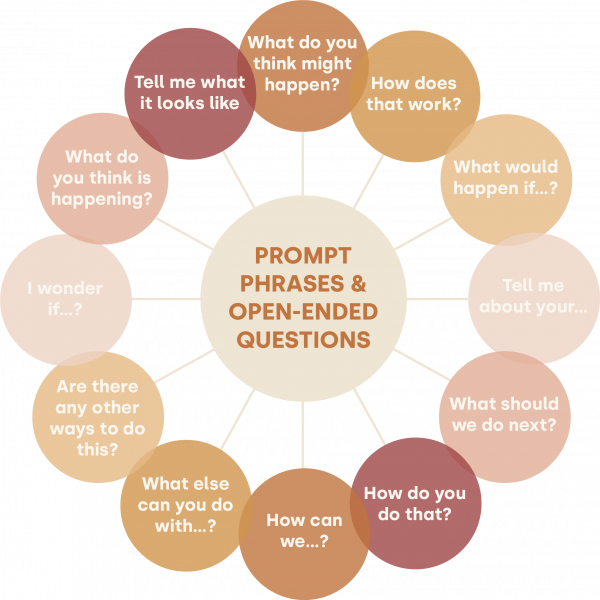
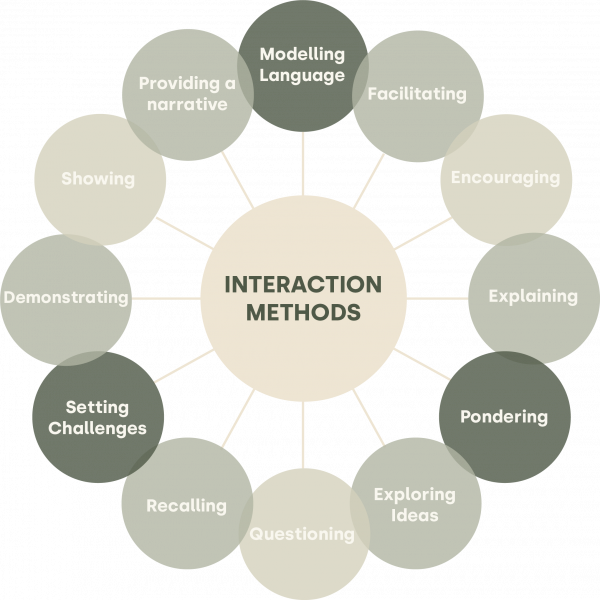
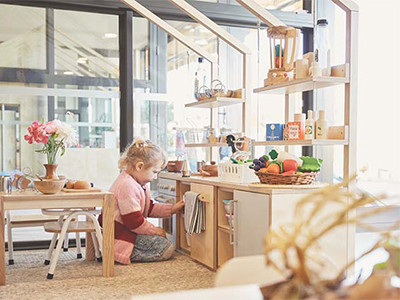
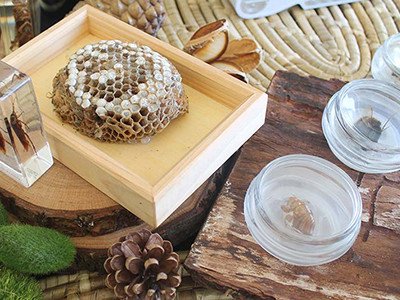

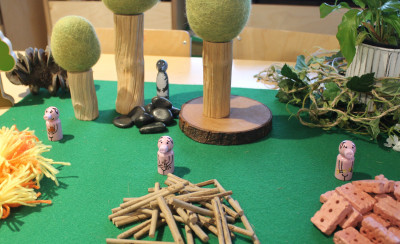
 Karyn Charles
Karyn Charles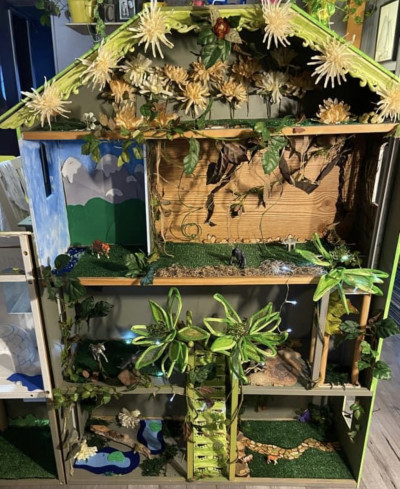
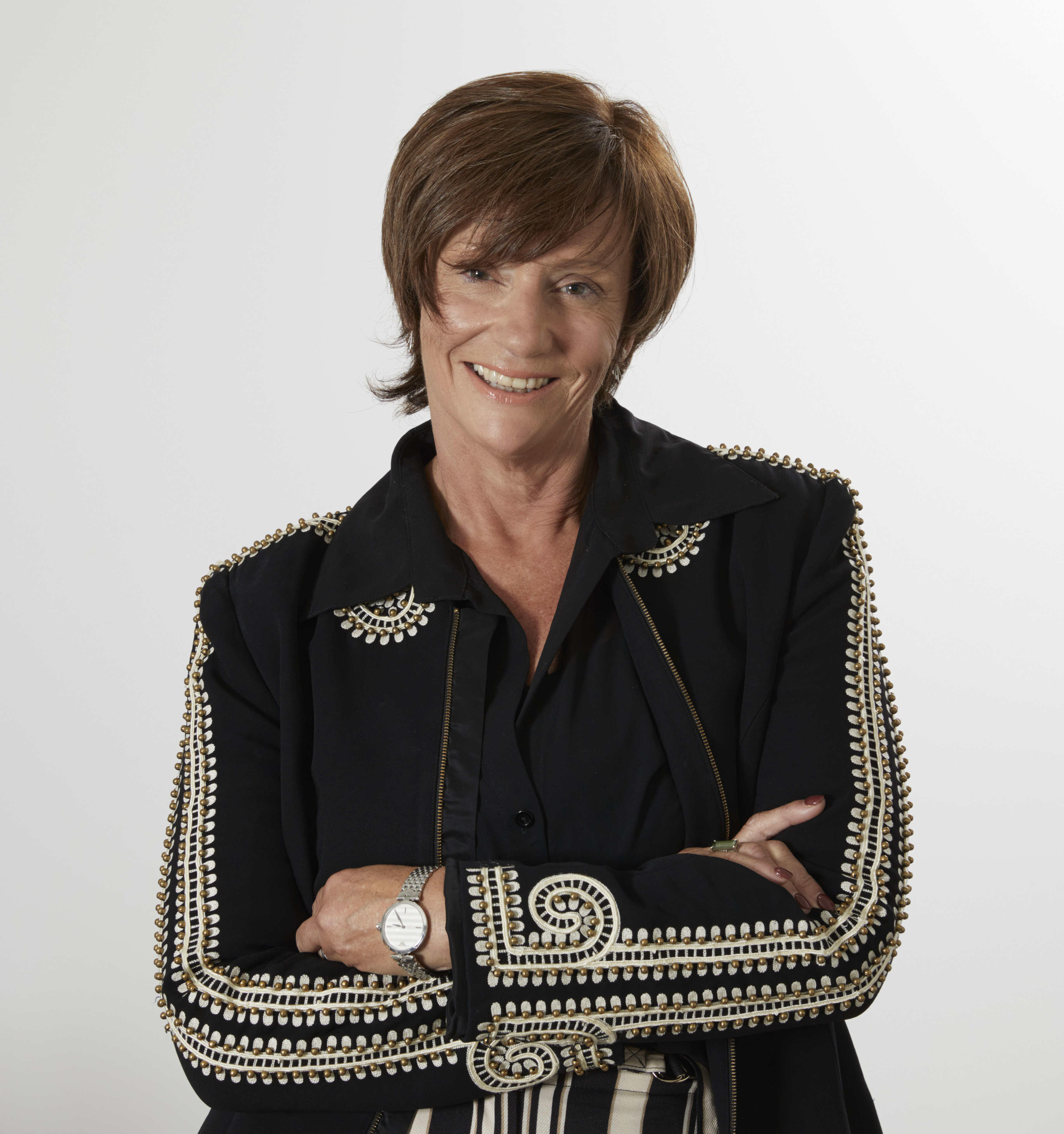 Michelle Pratt
Michelle Pratt